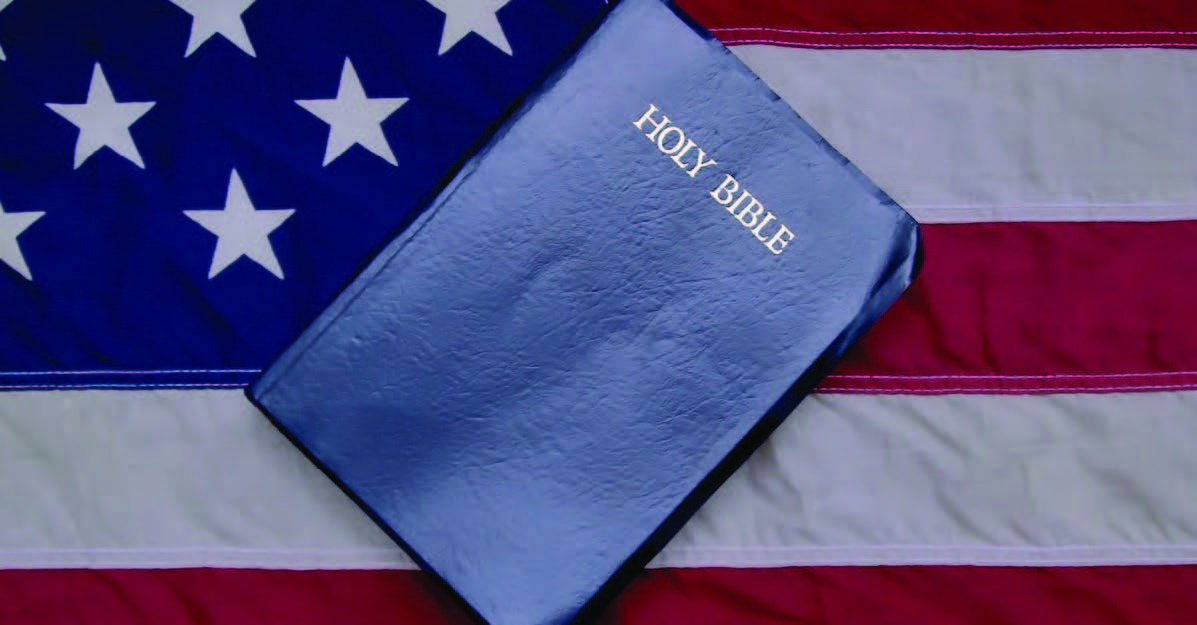
Both Catholicism and evangelical Protestantism have been seen as the more stable segments of Christianity in the U.S., but political pressures, such as the growth of populism, and the loss of Christian influence in the country are leading to new divisions and even fragmentation among these Christians, according to two reports. In the conservative ecumenical magazine First Things (August), Ross Douthat writes that up until recently, Catholics in the U.S. may have been divided into liberal and conservative camps, but they “took for granted the harmony between their interpretation of post-Vatican II Catholicism and their interpretation of the liberal order.” These Catholics gravitated to either the Democratic or Republican parties, depending on their views of capitalism, the welfare state, and the implications of the sexual revolution, including abortion, but they were broadly united in their support of liberal democracy. But recent years have seen new divisions and subgroups form among Catholic intellectuals and writers that question the status quo and liberal order, and their influence may soon be felt among parishes and other Catholic institutions. As liberal America and the Democrats have become further secularized to the point of putting new pressures on religious institutions, and as the political failures of mainstream Republicans have raised doubts about their fusion of free-market advocacy and traditional values, a reshuffling of the deck is taking place.
Douthat writes that the new configurations can be seen in four new Catholic schools that relate faith to society and politics: 1) Populist Catholics see the shifts brought about by Donald Trump as congruent with church teaching, correcting too close of an alliance with libertarians, and they favor such “corporatist” measures as a family wage, immigration restrictions, and ramping up the culture wars to fight elitist liberalism. The editors of First Things clearly sympathize with these views. 2) The integralist Catholics want to throw the whole liberal order into question as they seek a Catholic politics that will govern the church as well as the state. While the proponents of this resurrected philosophy (such as Gladden Pappin of American Affairs magazine) are vague about its actual implications in U.S. politics, they specifically press for greater political independence in governing the church and a willingness to use state power. 3) The benedictines are also wary of the current order, but they favor redirecting their energy toward creating countercultural communities and engaging in greater evangelization. Championed by such writers as Rod Dreher and Leah Libresco Sargeant, this camp may see its fortunes grow during periods of secularist dominance. 4) The tradinistas mainly target capitalism and seek to revive a form of Catholic socialism. These Catholics write for older liberal journals such as Commonweal while allowing for a more conservative view on sexuality and the family, and they are, as might be expected, fervent admirers of Pope Francis. Douthat notes that the borders of these categories are not fixed and there may be some overlap between them (for instance, populists who are also sympathetic to integralism). But he argues that with the continued weakening of Catholic institutions, in terms of decreased participation and resources, growing anti-Catholic attitudes from the wider secular society, and what he sees as indecisive leadership from Pope Francis, these new models for how the church may engage society can take on greater importance.
Meanwhile, evangelicals are experiencing similar ferment, although in their case fragmentation has already reached believers in the pews, according to a post by Michael Graham and Skyler Flowers on the blog Mere Orthodoxy (June 7). As with Catholics, recent political changes are behind evangelicals’ fracturing into what the authors, after consulting with pastors and other church leaders, see as the following six subgroups: 1) Neo-fundamentalist evangelicals have been influenced the most by “Christian nationalism” (a syncretism of right-wing nationalism and Christianity), although they have deeper theological commitments than that movement, seeing the major challenge to the church being theological and political liberalism. 2) Mainstream evangelicals have retained the focus on evangelism, while also showing concern about both the secular right’s and, to a greater extent, leftist influence on the church. 3) Neo-evangelicals have a stronger identity as “world Christians” and prefer not to use the label “evangelical” in some circumstances because it has taken on greater political connotations. These are the evangelicals concerned with conservative Christian support for Trump and critical about how they think evangelicals have not dealt with questions of race and sexuality. 4) Post-evangelicals no longer use the term “evangelical” to identify themselves. Although most have remained “churched,” and some are still in evangelical congregations, others have sought greener pastures in mainline, Catholic, and Orthodox congregations. Their main concern is the inroads of abuse, corruption, hypocrisy, and Christian nationalism.

Graham and Flowers also include “dechurched evangelicals” and “deconverted evangelicals” (those who have left the faith altogether) in their taxonomy, but it is the first four subgroups that are having the most fragmenting effect in evangelicalism. As with the Catholic typology, there is considerable overlap among these camps, but the interaction of these different types is causing new tensions in congregations, especially between neo-fundamentalists and neoevangelicals and between mainstream evangelicals and post-evangelicals (which might take place in a megachurch). Graham and Flowers add that similar dynamics of conflict may play out in denominations, and especially parachurch organizations and large campus ministries, where it will be “difficult to find a least common denominator that is satisfying to a very broad group as many will be dissatisfied.”
(First Things, https://www.firstthings.com/article/2021/08/catholic-ideas-and-catholic-realities; Mere Orthodoxy, https://mereorthodoxy.com/six-way-fracturing-evangelicalism/#R548111-ecb96e90-C5BW67JQ)